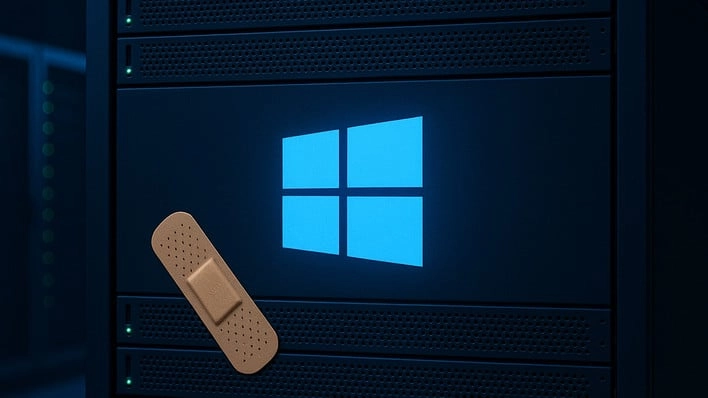Microsoft is set to release a significant update for its Windows Server platform that will eliminate the need for system reboots when applying security updates. This new feature, known as in-memory hot-patching, aims to enhance operational efficiency in enterprise environments where frequent reboots can disrupt services.
Hot-patching allows updates to be applied directly in memory, meaning that users can continue working without interruption. This capability is particularly valuable as it eliminates the annoyance of needing to reboot after minor updates—something that many users of Windows Home and Pro have long dreaded.
The hot-patching feature will be available starting July 1 and will come at a cost of $1.50 per CPU core. To utilize this feature, users will need to enroll their machines in Azure Arc. For those unsure about this upgrade, Microsoft offers a preview of the hot-patching functionality that’s currently available for free.
Once implemented, Microsoft suggests that server administrators will only need to reboot their systems for major "baseline" patches, which occur in January, April, July, and October. Other smaller updates can be applied seamlessly, significantly reducing downtime—a common concern in data center management.
This feature brings Windows Server in line with some Linux distributions and virtualization platforms, which have already adopted reboot-free update mechanisms. Microsoft has reported that it has been employing similar functionality in its Azure Data Center editions and has seen productivity improvements within its Xbox team.
Overall, these changes represent a step forward in enhancing the administration of Windows Server environments, providing a more stable and continuous operation for businesses.
For more details, you can visit Microsoft Azure Arc.
